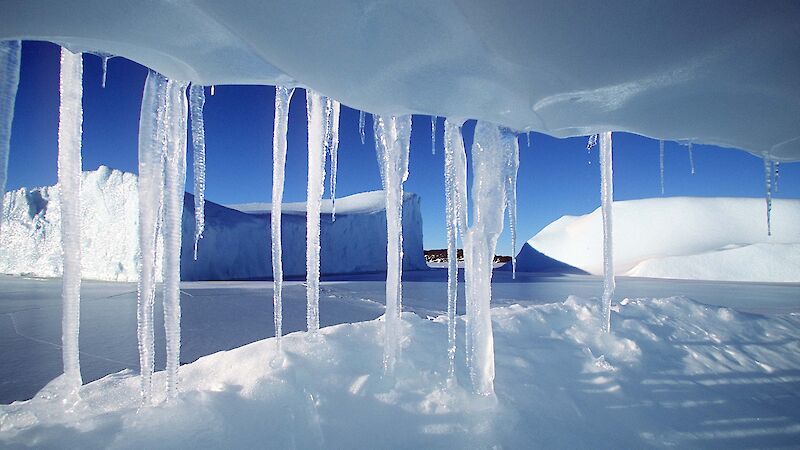The role of snow and ice in the global climate system will be examined at a meeting in Hobart this week of the Climate and Cryosphere project (CliC).
CliC is part of the World Climate Research Programme.
The meeting brings together the world’s top names in cryospheric science to plan what research is needed over the next decade to better understand the links between the cryosphere and climate.
The cryosphere describes all forms of frozen water at Earth’s surface. This includes the Antarctic and Greenland ice caps, river and lake ice, glaciers, snow, frozen ocean or sea ice, and permafrost or those areas where the ground is permanently frozen.
These regions are particularly sensitive to climate change and are expected to respond dramatically to global warming.
The collapse of the Larsen B ice shelf in Antarctica in 2002, decreased sea ice extent in the Arctic and the retreat of mountain glaciers around the world are all evidence of a changing climate system.
Snow and ice are not restricted to polar regions only.
About 80 per cent of the world’s fresh water resource is contained in the ice caps and glaciers of the world, mostly in Antarctica, with about 25 per cent of the world’s land mass permanently frozen including many areas inhabited by people.
Climate change could threaten populations and lifestyles in those regions and cause serious engineering issues related to the destruction of permafrost.
The goal of the Climate and Cryosphere project is to encourage international cooperation to enhance the observation and monitoring of the cryosphere and to understand its role in the climate system.
CliC coordinates research by many different countries helping to identify opportunities for international cooperation and bring focus to poorly understood areas. It offers a global network of data information and exchange and also assists with policy advice to Government and information to the general public.
Delegates from the United Kingdom, United States, Canada, Belgium, Switzerland, Norway, Russia, China, Japan, New Zealand and Australia are attending the meeting at Australian Antarctic Division headquarters at Kingston, south of Hobart, from October 25 to 29.

